Silver Sage (Salvia argentea) is a striking biennial plant from the Lamiaceae family, native to the Mediterranean, Southern Europe, and Northern Africa. Known for its broad, furry silver leaves, it features a unique woolly texture that invites touch, making it a favorite in sensory gardens.
This compact plant not only adds a soft, silvery accent to gardens but also pairs beautifully with vibrant, ornamental plants, creating a stunning contrast. Recognized for its exceptional qualities, Silver Sage has earned the prestigious Award of Garden Merit from the Royal Horticultural Society. Its versatility and charm make it a must-have for gardeners seeking to enhance their landscape with distinctive foliage.
| Common name | Silver Sage |
| Botanical name | Salvia argentea |
| Family | Lamiaceae |
| Species | argentea |
| Origin | Mediterranean, Southern Europe, Northern Africa |
| Life cycle | Biennial |
| Plant type | Annual |
| Hardiness zone | 5, 6, 7, 8 |
| Sunlight | Full Sun |
| Maintenance | Low |
| Drainage | Well-Drained |
| Spacing | Less than 12 in. |
| Flowering period | Summer |
| Height | 6 in. – 1 ft. |
| Flower color | Pink |
| Leaf color | Gray, Silver |
| Leaf benefit | Showy |
| Flower benefit | Showy |
| Garden style | Children’s Garden |
| Uses | Container |
I. Appearance and Characteristics
Salvia argentea, the silver sage, silver salvia, or silver clary, is a biennial or short-lived perennial plant that is native to an area in southern Europe from Portugal to Bulgaria. Its Latin specific epithet argentea means “silvery”, referring to the colour of the leaves.
Salvia argentea has a large spread of basal leaves that measure 1 m (3.3 ft) wide and 30 to 60 cm (0.98 to 1.97 ft) high. The individual leaves are 20 to 30 cm (7.9 to 11.8 in) long and 15 cm (5.9 in) wide. Both leaf surfaces are heavily covered with silky hairs that give it a wooly appearance. The leaves are soft to the touch, first emerging as a distinctive silvery white and then turning to grey-green after flowering. Cool weather in the autumn turns the leaves silvery again.
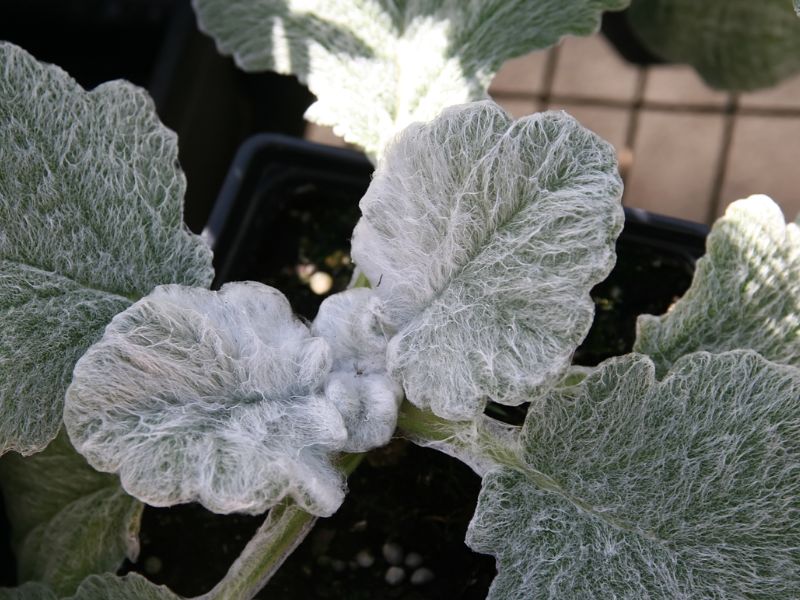
Flowers appear in spring or summer on 60 to 90 cm (24 to 35 in) candelabra-like stalks that rise well above the foliage. The inconspicuous white flowers are tinged with yellow or pink. Cutting the flowers before they set seed results in a long-lived plant.
Salvia argentea has received the Royal Horticultural Society’s Award of Garden Merit. It requires a south-facing position in full sun. Although hardy down to −15 °C (5 °F) it dislikes the combination of winter wet and freezing temperatures. It may therefore be short-lived.
II. How to Grow and Care
Sunlight
Salvia argentea requires full sun, which is generally defined as a minimum of six hours of direct sunlight daily. There are varieties that will also tolerate partial shade. They are facultative long day plants and flower induction occurs more rapidly under long days. They will flower under any photoperiod, but will flower quicker and better under long days.
Until plants become established, some protection from extreme winds and direct, hot sunlight may be necessary. Good air movement is also important.
Temperature
Silver sage can grow in USDA zone 5-9. It grows best at the temperature of 16 – 19 °C. Once plants reach a saleable size, they can be moved to an open environment with good air movement. Plan ahead on this step because the plant grows very fast coming out of dormancy and can get leggy very quickly if grown too warm.
Watering

Silver sage are very drought tolerant and will do better in drier soil than overly moist soil. Lightly water when the top 2 inches of soil is dry. Keep the soil evenly moist during all stages of growing. The plants requires average amounts of irrigation, and overly wet conditions will promote tall, leggy growth.
Substrate and growing media
Salvia argentea can be grown in containers but grow best in garden beds. They don’t need rich soil, but they must have good drainage. In pots, a mixture of ordinary garden soil mixed with perlite allows water to drain rapidly. The soil pH should be 5.8 – 6.2.
When planting in the garden, prepare the bed by turning the soil under to a depth of 6-12, inches removing any debris, and lightly raking as level as possible. The addition of organic matter (leaf mold, compost, well-rotted manure) benefits all gardens and is essential in recently constructed neighborhoods. Dig a hole twice the diameter of the container the plant is in.
Remove the plant from its container and place it in the hole so the top of the root ball is level with the soil surface. Space plants 1 to 3 feet apart, depending on the variety. Carefully fill in around the plant and firm the soil gently. Water thoroughly and apply a light mulch layer on top of the soil (1-2 inches) to conserve water and reduce weeds.
Fertilizing
Salvia argentea are light feeders and only occasionally need fertilizer. A light application of a balanced fertilizer or compost in early spring, after new growth appears, can be sufficient. Keep granular fertilizers away from the plant crown and foliage to avoid burn injury. Use low rates of a slow release, as higher rates may encourage root rots.
Pruning
Trimming and pinching can be done early when a fall planting is done. Pinching 2 to 4 weeks after transplant in the fall can assist in building a plant that has a thicker form and also give you more flowers spikes per pot. Trimming is not recommended when forcing plants in the spring or on plants that have been freshly planted in the spring from cooled liners.
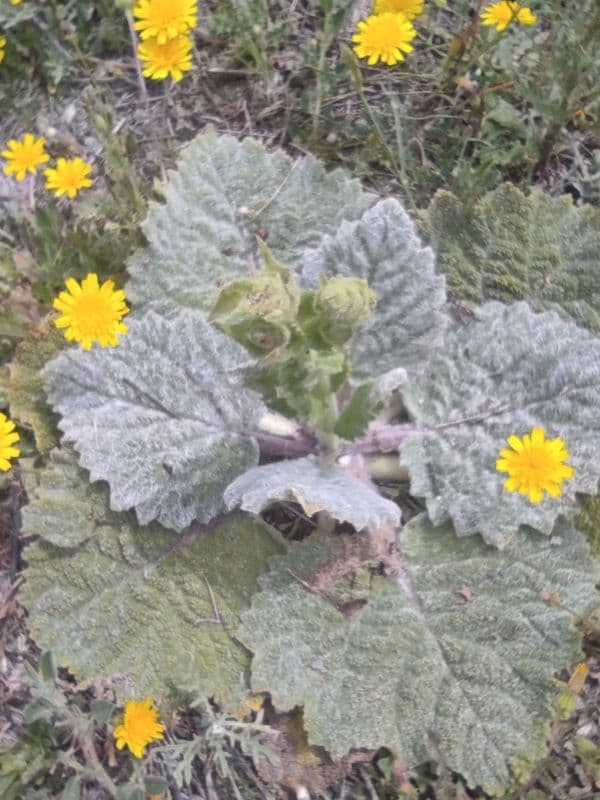
Remove spent flower spikes to encourage flowering and prevent seed development. Pinching the growing tips of plants can encourage bushiness.
Mulching
Keep weeds under control during the growing season. Weeds compete with plants for water, space and nutrients, so control them by either cultivating often or use a mulch to prevent their seeds from germinating.
Mulches help retain soil moisture and maintain even soil temperatures. For annuals an organic mulch of shredded leaves lends a natural look to the bed and will improve the soil as it breaks down in time. Always keep mulches off a plant’s stems to prevent possible rot.
Propagation
Silver sage is usually propagated by seeds. Sow the seeds indoors 10-12 weeks before the last frost and keep evenly moist. Seedlings will emerge in 15-21 days at 21-24 °C. As soon as seedlings emerge, provide the temperature of 16-19 °C and plenty of light on a sunny windowsill or grow seedlings 3-4 inches beneath fluorescent plant lights turned on 16 hours per day, off for 8 hours at night. Raise the lights as the plants grow taller.
Seedlings do not need much fertilizer, feed when they are 3-4 weeks old using a starter solution (half strength of a complete indoor houseplant food) according to manufacturer’s directions. If you are growing in small cells, you may need to transplant the seedlings to 3 or 4 inch pots when seedlings have at least 2 pairs of true leaves before transplanting to the garden so they have enough room to develop strong roots.
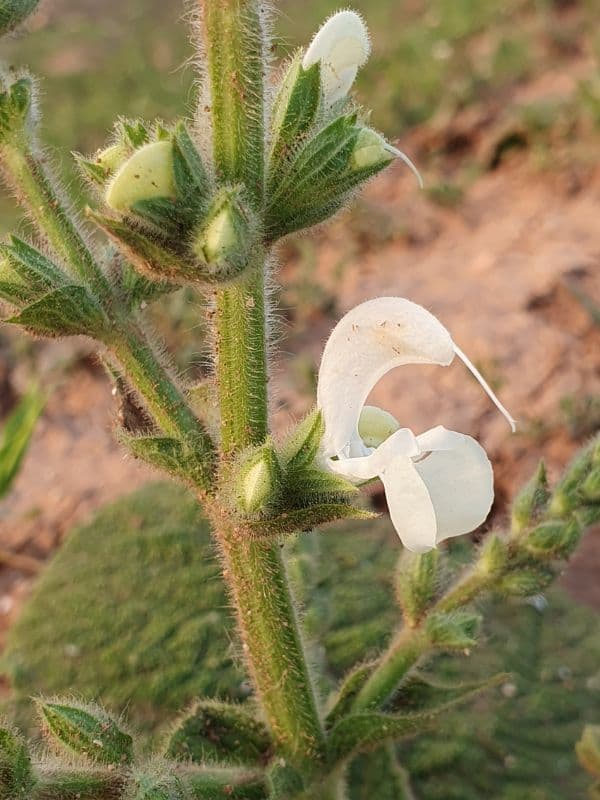
Before planting in the garden, accustom young plants to outdoor conditions by moving them to a sheltered place outside for a week. Be sure to protect them from wind and hot sun at first. If frost threatens at night, cover or bring containers indoors, then take them out again in the morning. This hardening off process toughens the plant’s cell structure and reduces transplant shock and scalding.
The plants can also be propagated by cuttings. Take cuttings in August or September, from vegetative (non-flowering) branches that are about 3 inches long. Remove the lower leaves and trim each cutting just below a node. You can either start propagating by placing them in water or by putting them in soil. If you opt for cutting propagation in water, just put the cuttings in a vase and add a few inches of water.
When rooting cuttings in soil, dip the cut end in rooting hormone, then plant it in a moist potting medium. One good medium to try is a 70/30 mix of perlite/vermiculite and potting soil. After three weeks, cuttings should be ready to pot on.
Repotting
Lush and woolly, silver sage presents as a low, mounded bush. Optimal repotting occurs every 2-3 years in spring, aligning with its growth cycle. This timing supports robust development after winter dormancy. Select a pot slightly larger than the previous to accommodate growth without stress. Post-repotting, ensure silver sage receives well-drained soil and moderate watering. A touch of extra care will see this striking sage thrive.
Pests and Diseases
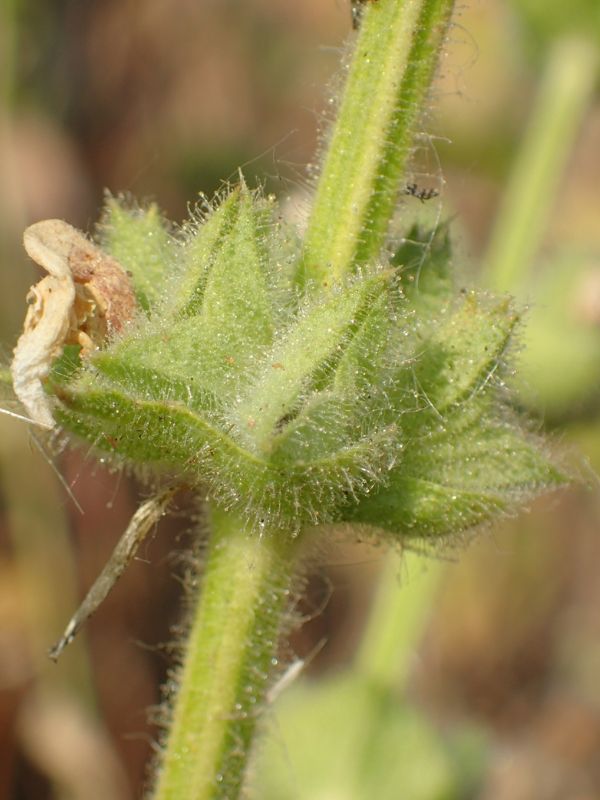
The most common insect problem to watch for is the two-spotted Spider Mite. A routine scouting program is recommended to ensure that Whiteflies, Aphids and other greenhouse pests don’t harm the plant as well. Foliar diseases should also be scouted to prevent Botrytis and Crown Rots.
Find Where to Buy the Best Silver Sage (Salvia argentea)
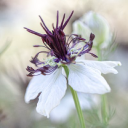




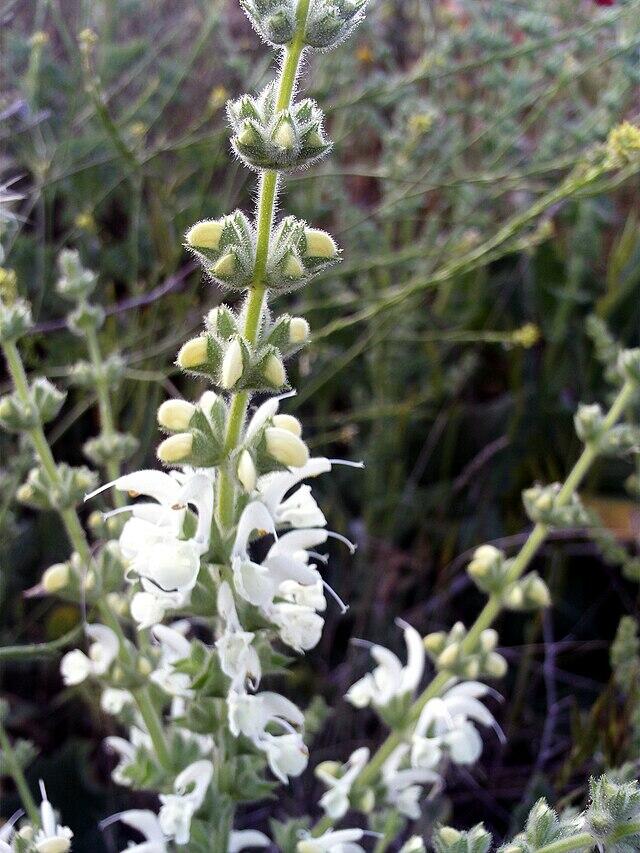
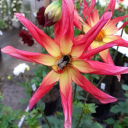


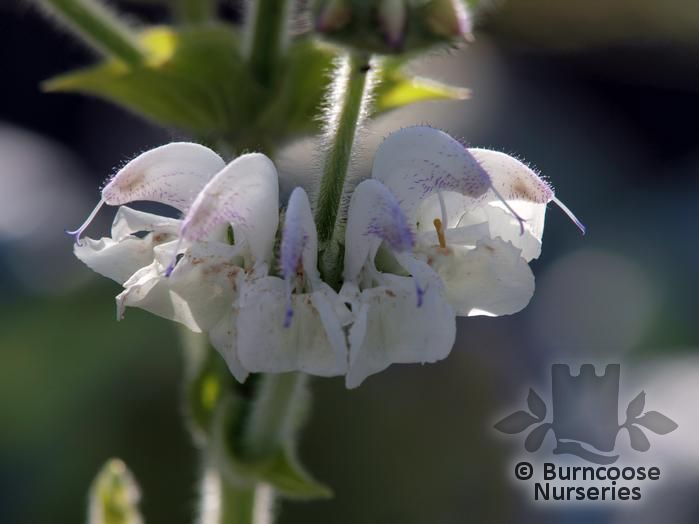

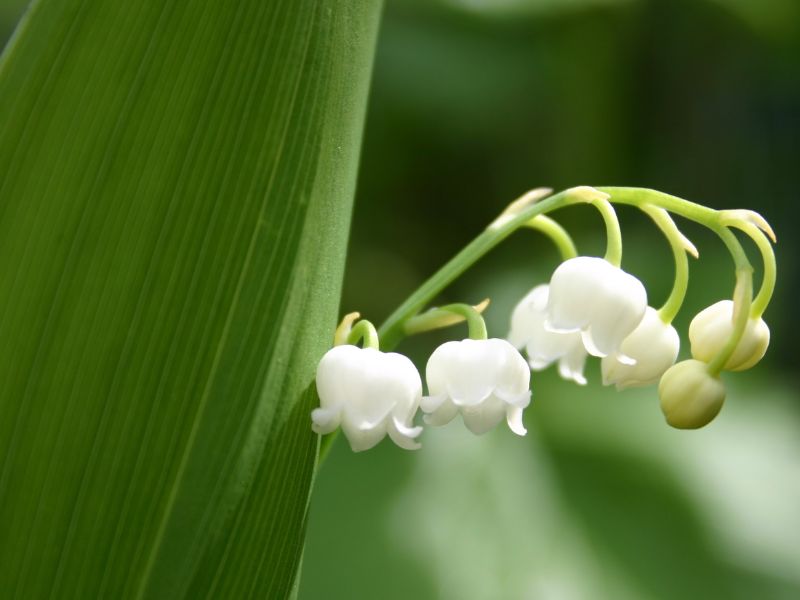
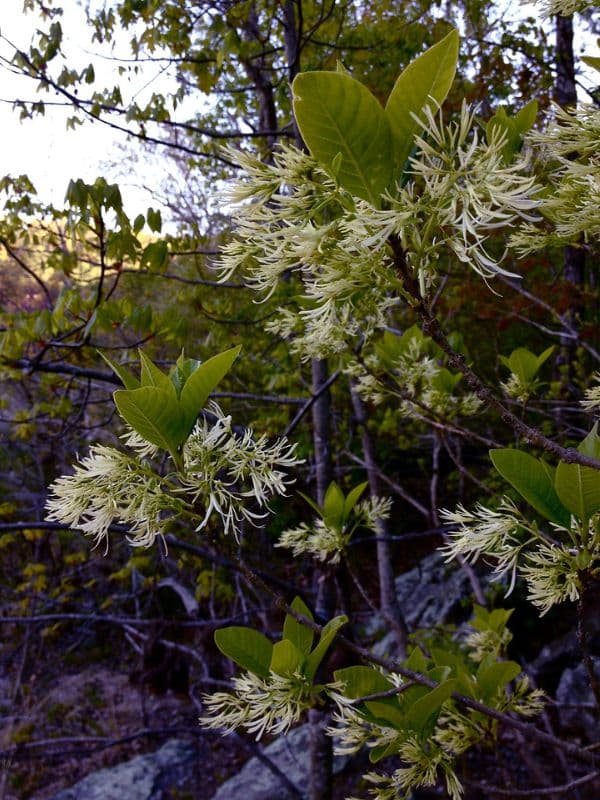
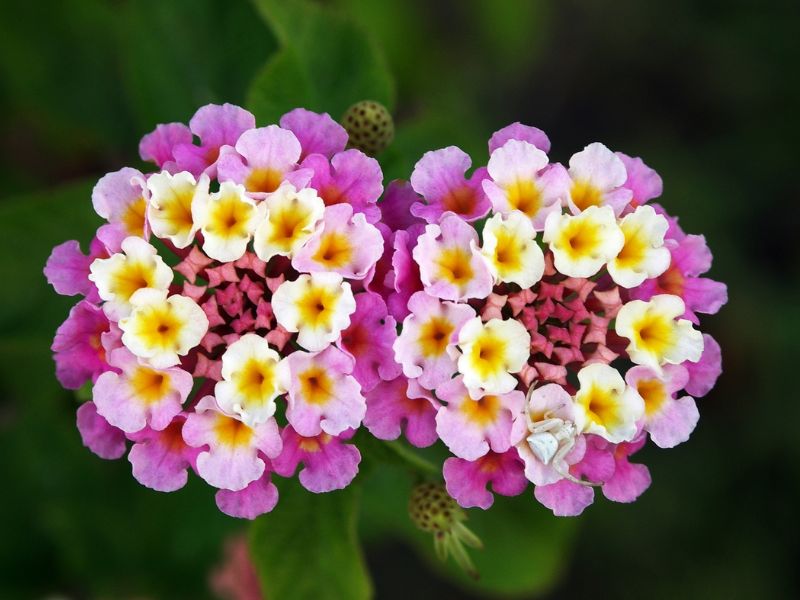
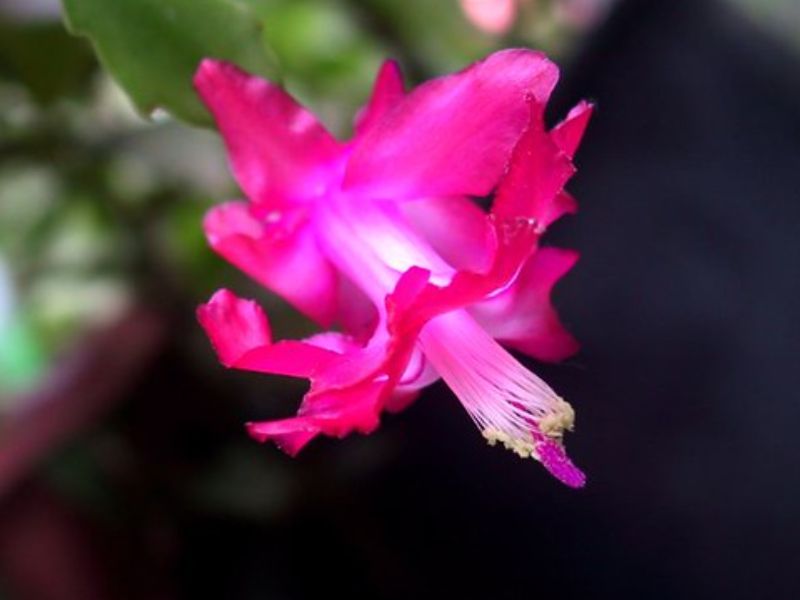
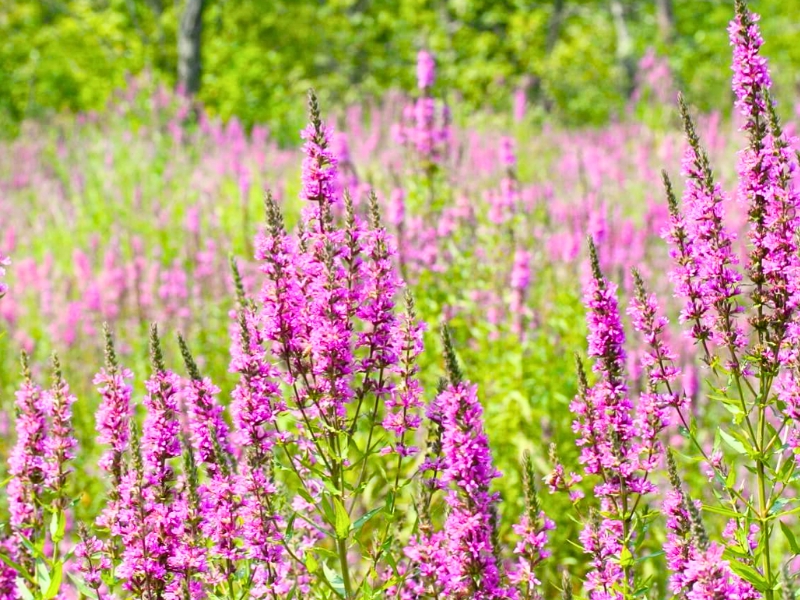
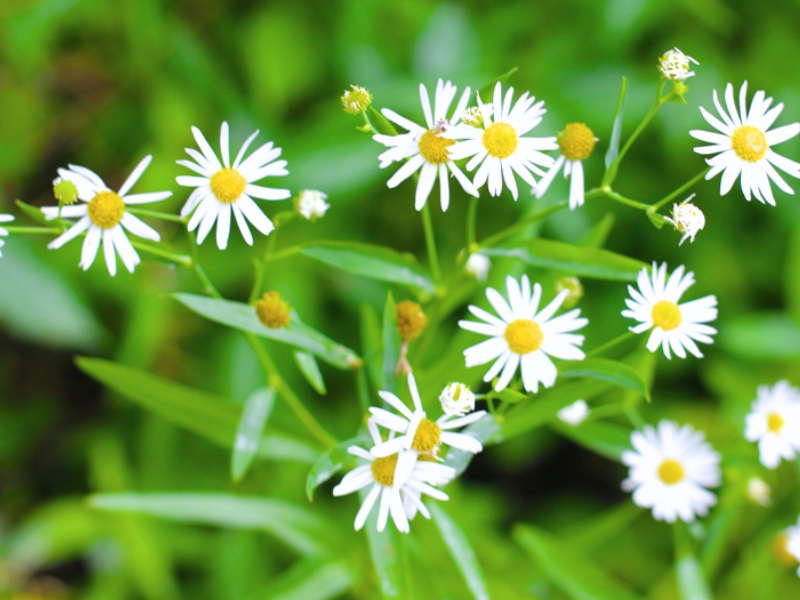
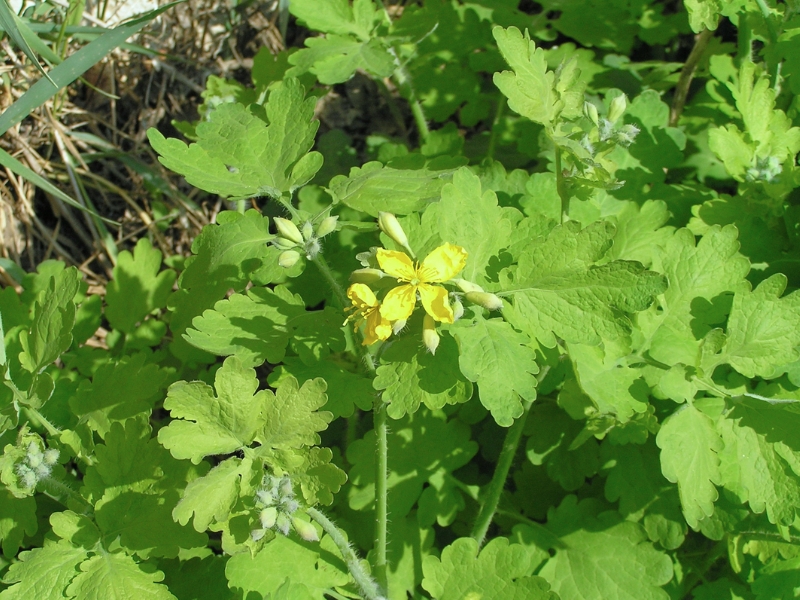
Leave a Reply